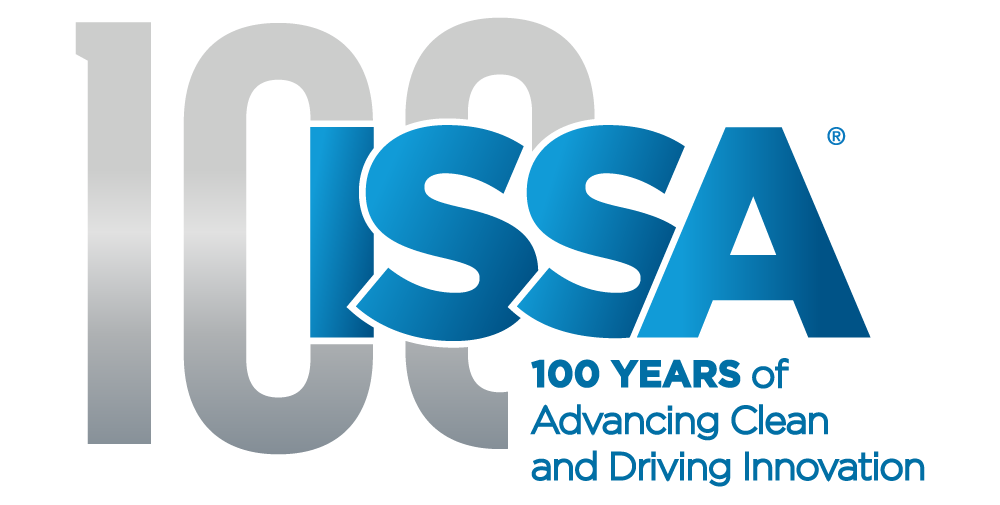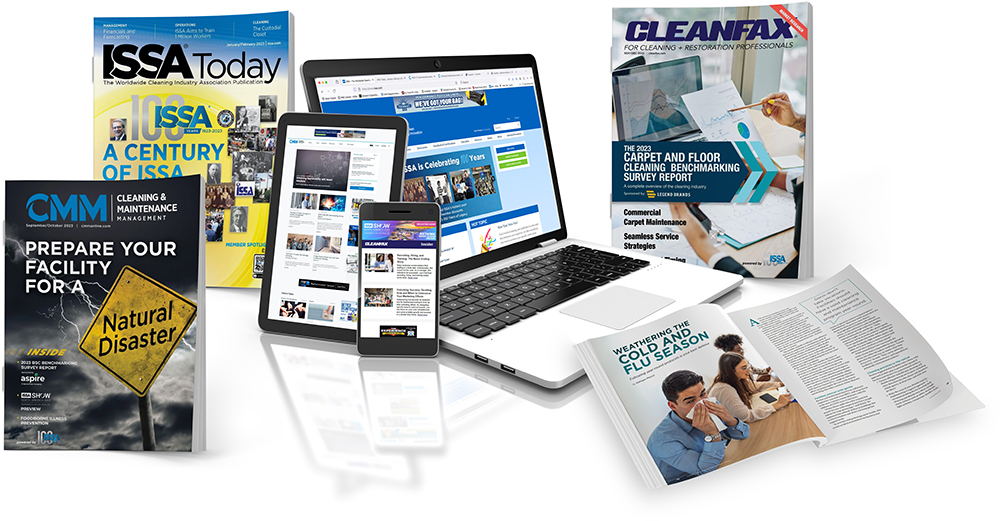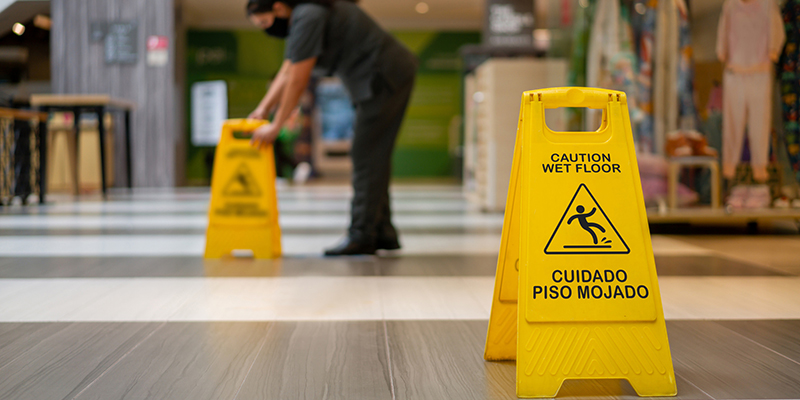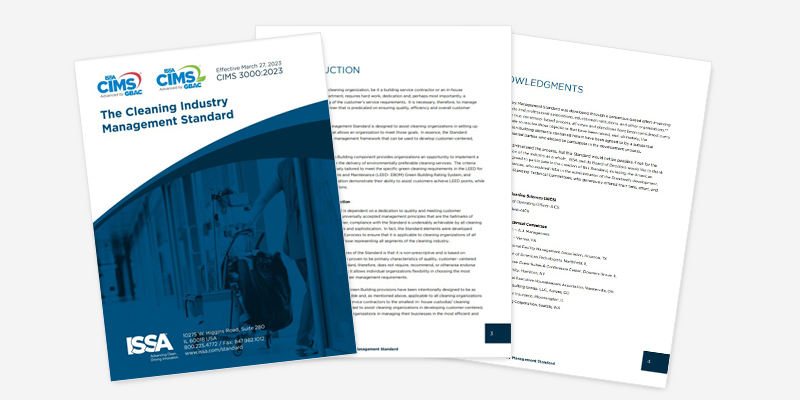University Cleaning: Best Practices for a Safe, Hygienic Campus
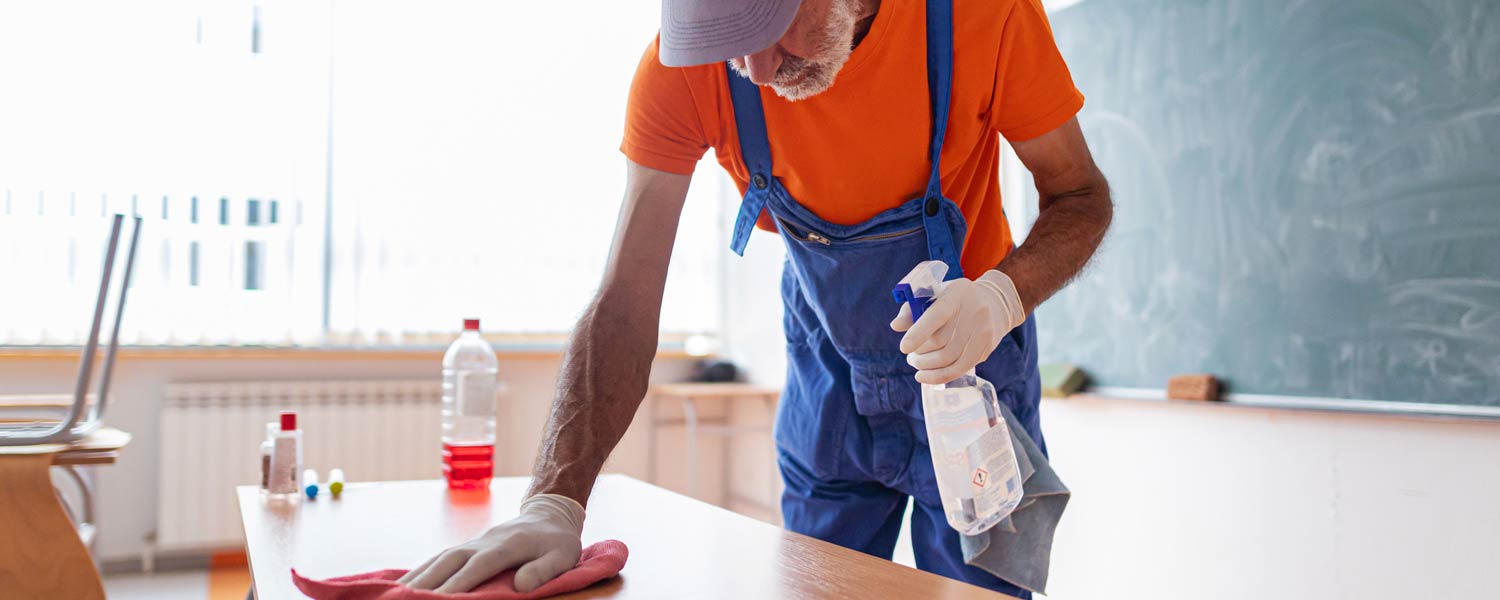
University campuses are home to thousands of students, faculty, and staff, making cleanliness an essential part of daily life. With the continuous movement of people in classrooms, dormitories, libraries, and dining areas, maintaining a high standard of cleanliness is crucial for the health and safety of everyone on campus. Cleaning practices go beyond aesthetics; they play a significant role in preventing the spread of illnesses and ensuring that facilities are comfortable and safe. By following best practices and incorporating standards like those from the Global Biorisk Advisory Council (GBAC) (GBAC.issa.com), universities can create a healthy environment for their communities.
Why University Cleaning Matters
A clean and well-maintained campus is vital for more than just appearances—it impacts public health and safety. University cleaning helps to reduce the spread of germs, allergens, and bacteria that can thrive in high-traffic areas. The impact of cleanliness extends beyond the reduction of illness; a tidy, welcoming campus also creates a positive environment conducive to learning and student well-being. Especially with the increased awareness of viruses such as COVID-19, implementing rigorous cleaning standards has never been more important.
Institutions that follow established cleaning standards, like GBAC, can be confident that they’re taking all the necessary steps to provide a hygienic campus. These standards focus on effective cleaning and disinfecting protocols that are designed to reduce the spread of pathogens, which is especially critical in shared spaces.
Key Areas of Focus for University Cleaning
Effective cleaning in a university setting involves regularly addressing various high-traffic areas. Below are some of the primary spaces that require consistent cleaning and attention:
Classrooms and Lecture Halls
Classrooms are the heart of university learning, and they are used by many students throughout the day. Cleaning these spaces frequently, especially high-touch surfaces such as desks, chairs, and doorknobs, is crucial. A combination of regular cleaning and disinfection will ensure that these areas remain free of harmful pathogens.
Restrooms
Restrooms require frequent cleaning throughout the day, especially during peak times. High-touch points like sinks, faucets, and door handles should be disinfected regularly. Keeping restrooms clean helps prevent the spread of illnesses and ensures that these spaces remain comfortable for students and staff.
Dining Areas and Kitchens
Campus dining halls and kitchens are common areas where bacteria and germs can quickly spread. Regular cleaning of dining tables, chairs, and countertops is essential, but it’s also important to focus on kitchen equipment, food prep areas, and storage spaces. Adopting proper cleaning procedures here reduces the risk of foodborne illnesses and supports overall campus wellness.
Dormitories
Dormitories often house large groups of students in close quarters, making them prime locations for the transmission of germs. Regular cleaning of common areas, restrooms, and individual rooms helps minimize the spread of illness and creates a healthier living environment for residents.

Best Practices for University Cleaning
To maintain a high level of cleanliness across university campuses, it’s important to follow established cleaning protocols. Here are some best practices that can enhance your university cleaning efforts:
-
Develop a Consistent Cleaning Schedule
Establishing a regular cleaning schedule is vital. Some areas, such as restrooms and dining halls, may need to be cleaned multiple times a day, while others can be cleaned less frequently. Having a detailed plan in place ensures that every area receives the attention it needs, without over- or under-cleaning.
-
Use the Right Tools and Equipment
Investing in high-quality cleaning tools and equipment is essential for effective university cleaning. Using commercial-grade vacuums, microfiber cloths, and disinfectants helps ensure thorough cleaning. Additionally, ensuring that staff are trained to use these tools properly is key to maintaining a hygienic environment.
-
Train Cleaning Staff Regularly
Proper training is essential to ensure that your cleaning staff understands the best practices for cleaning and disinfection. Regular training sessions on safety protocols, cleaning techniques, and the use of disinfectants will keep your team informed and prepared to handle any situation that arises.
-
Prioritize Sustainability
Sustainability is increasingly important in university operations. By choosing eco-friendly cleaning products and reducing water consumption, universities can contribute to a cleaner environment both on and off-campus. Sustainable practices can also align with the university’s green initiatives, benefiting the broader campus community.
GBAC Standards for Enhanced University Cleaning
The Global Biorisk Advisory Council (GBAC) offers comprehensive guidelines for maintaining high hygiene standards, especially in high-risk environments like universities. GBAC standards cover everything from infection prevention to environmental cleaning procedures, helping institutions prepare for and prevent the spread of illness.
By adhering to GBAC guidelines, universities can create a safer environment for students, faculty, and staff. For more information on these standards and how they can be implemented on your campus, visit GBAC.issa.com.
External Resources to Enhance University Cleaning Practices
For further reading on cleaning best practices, consider exploring these authoritative sources:
- The Centers for Disease Control and Prevention (CDC) on Cleaning and Disinfection: This resource offers specific guidelines on cleaning and disinfection procedures in educational settings.
- The National Environmental Health Association (NEHA) on Cleaning Standards: NEHA provides valuable resources and guidelines on maintaining environmental health standards, which are critical for universities to follow.
Conclusion
University cleaning is an essential aspect of campus management, ensuring a safe and healthy environment for all. By adopting effective cleaning protocols, utilizing the right equipment, and following standards like those from GBAC, universities can create a more hygienic and welcoming space for students and staff. Whether in classrooms, dormitories, or dining halls, maintaining cleanliness should be a top priority for any university looking to support the well-being of its community.






